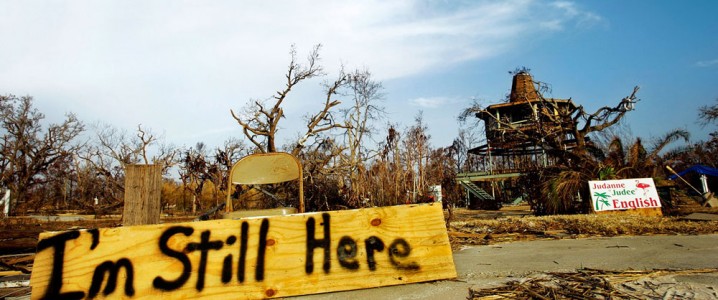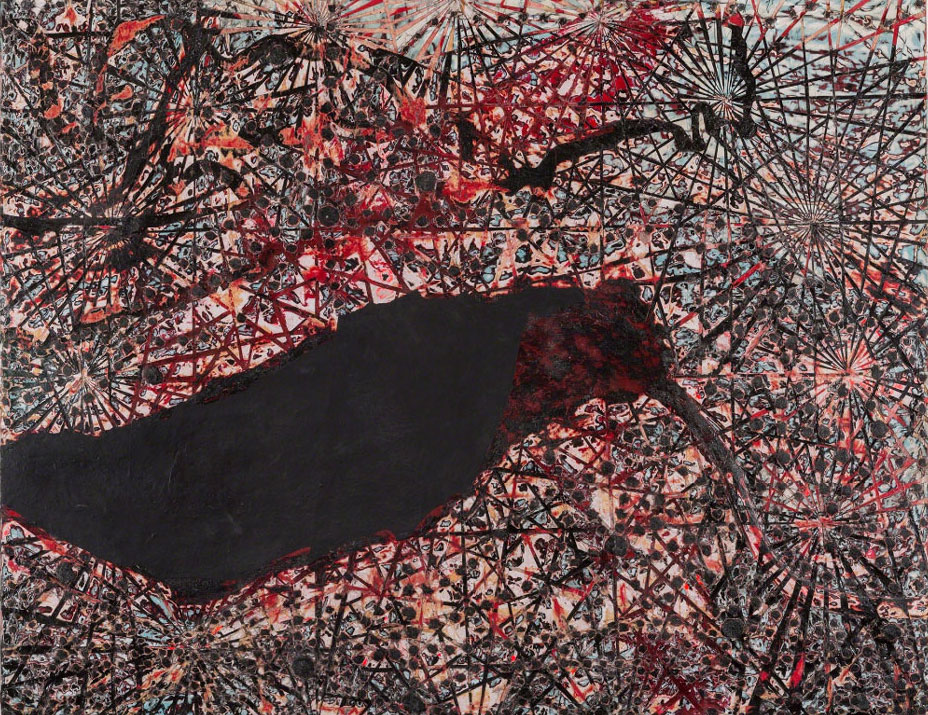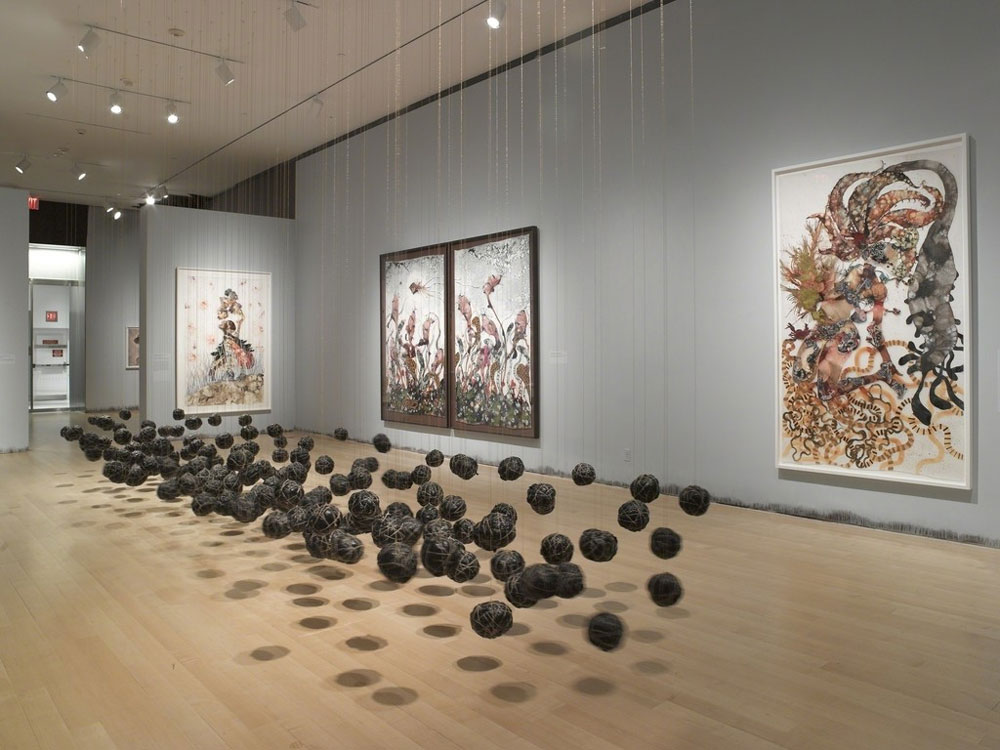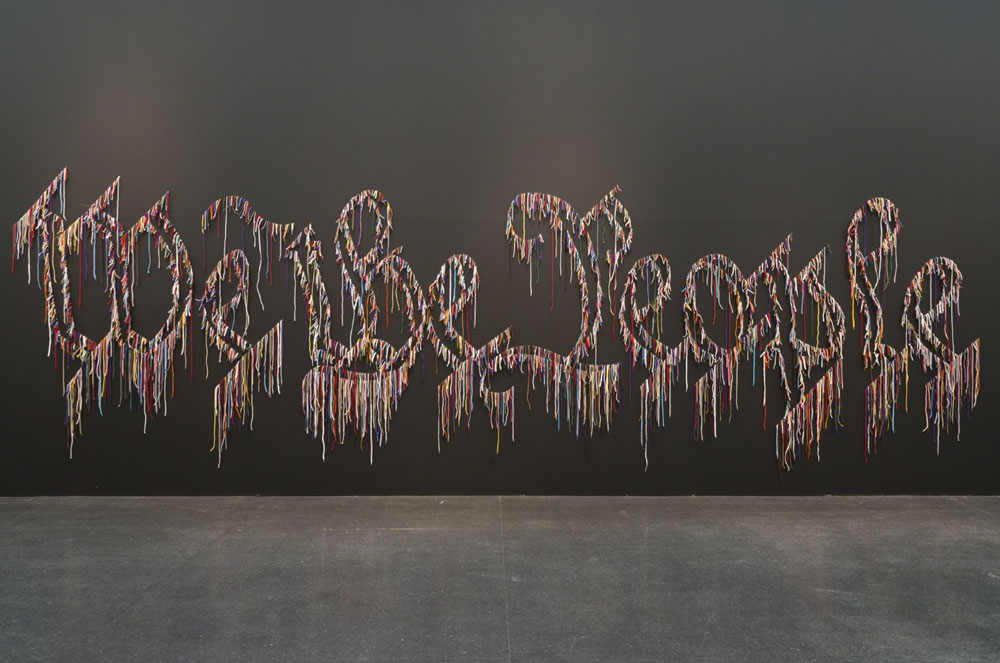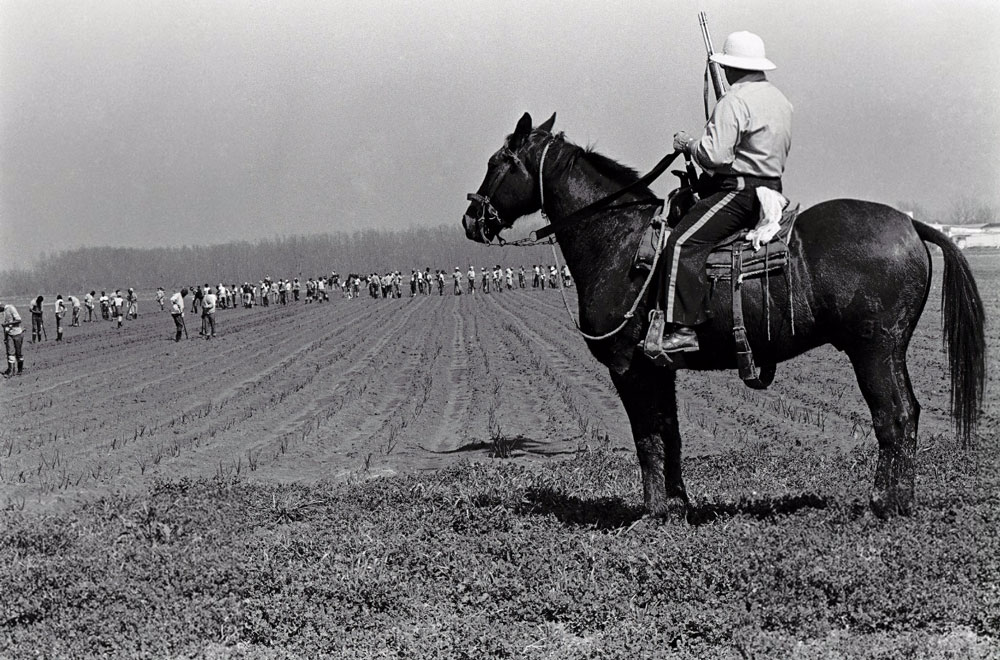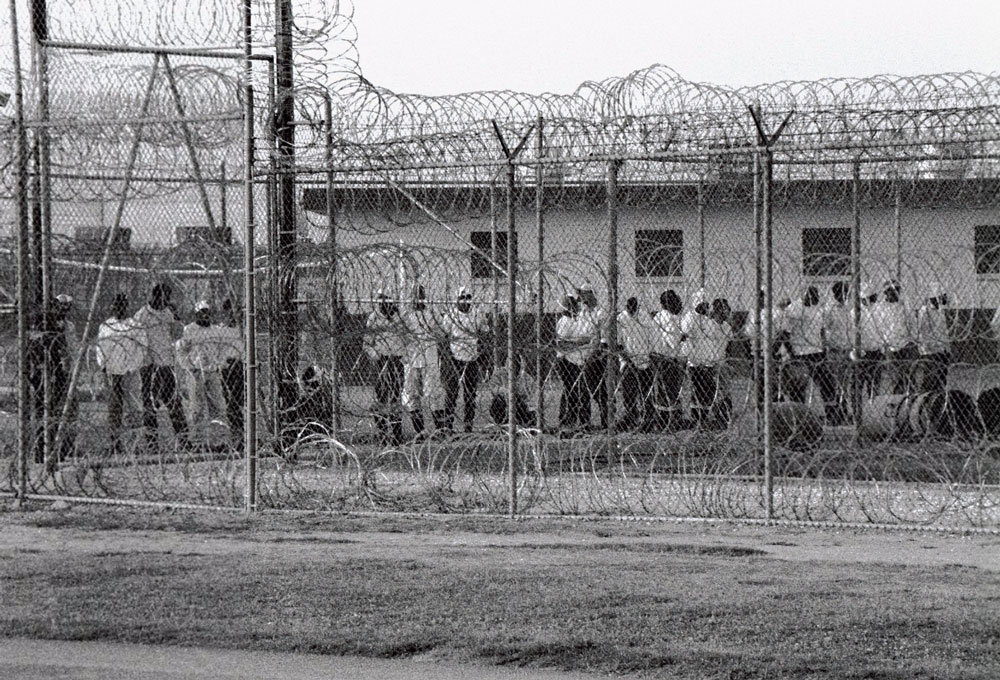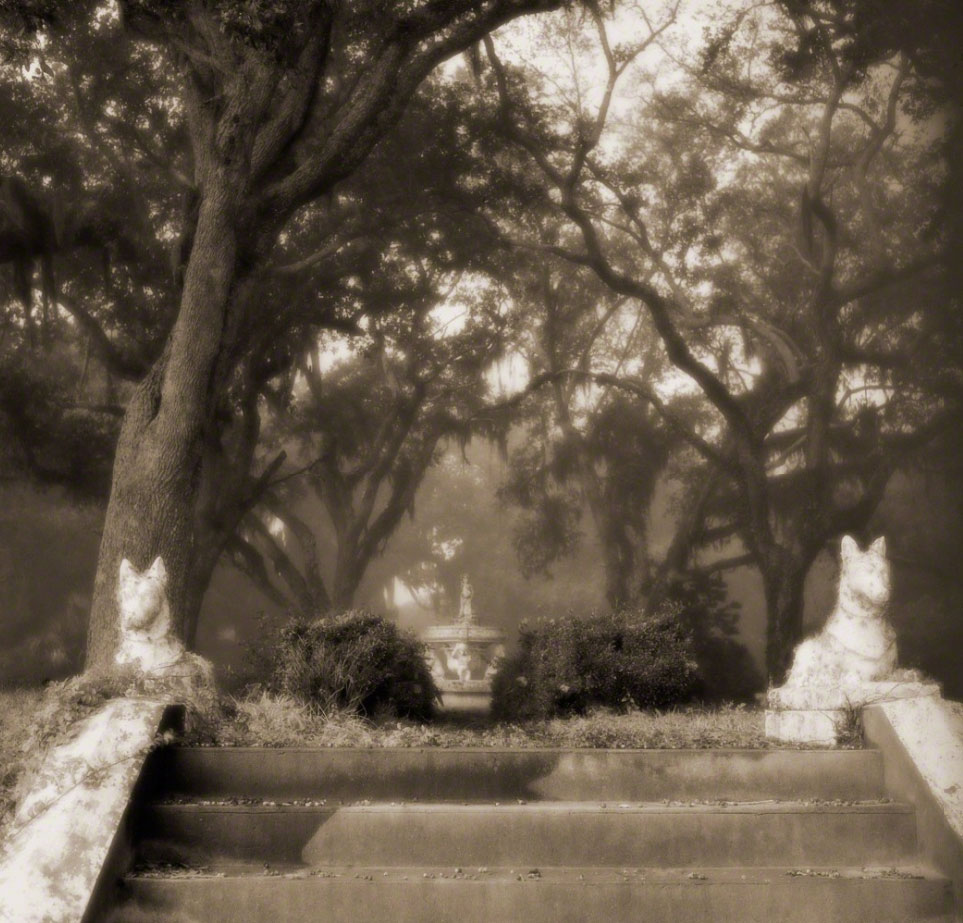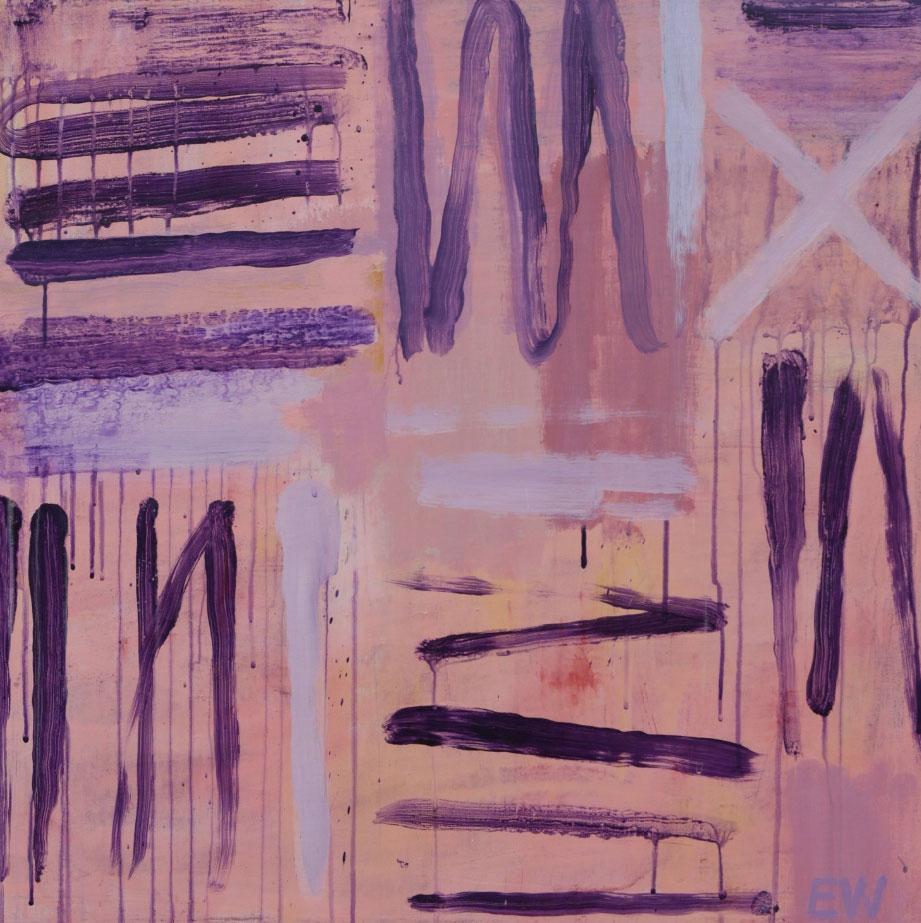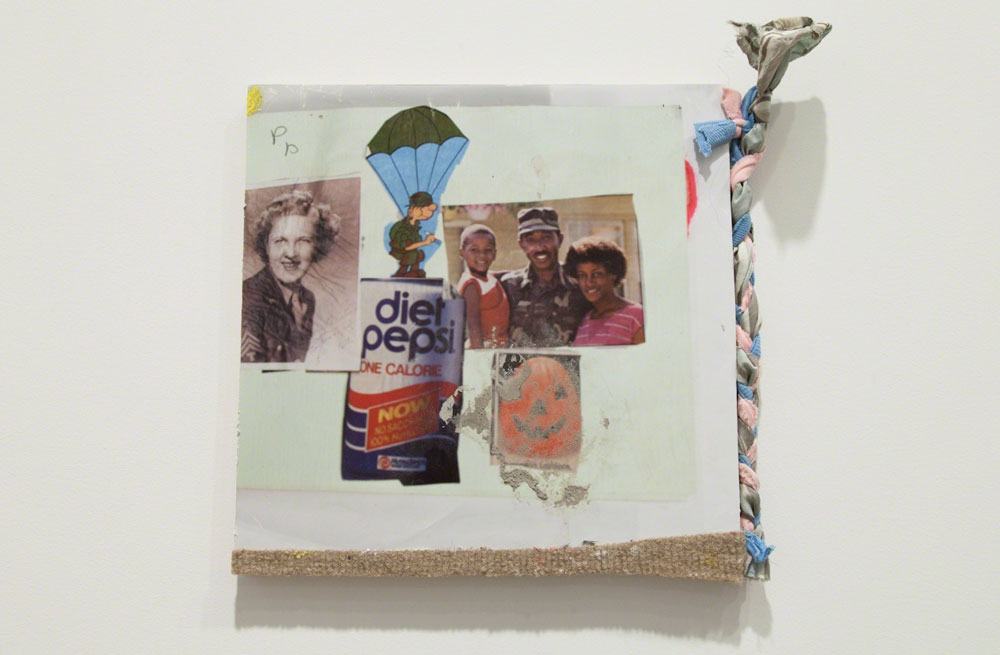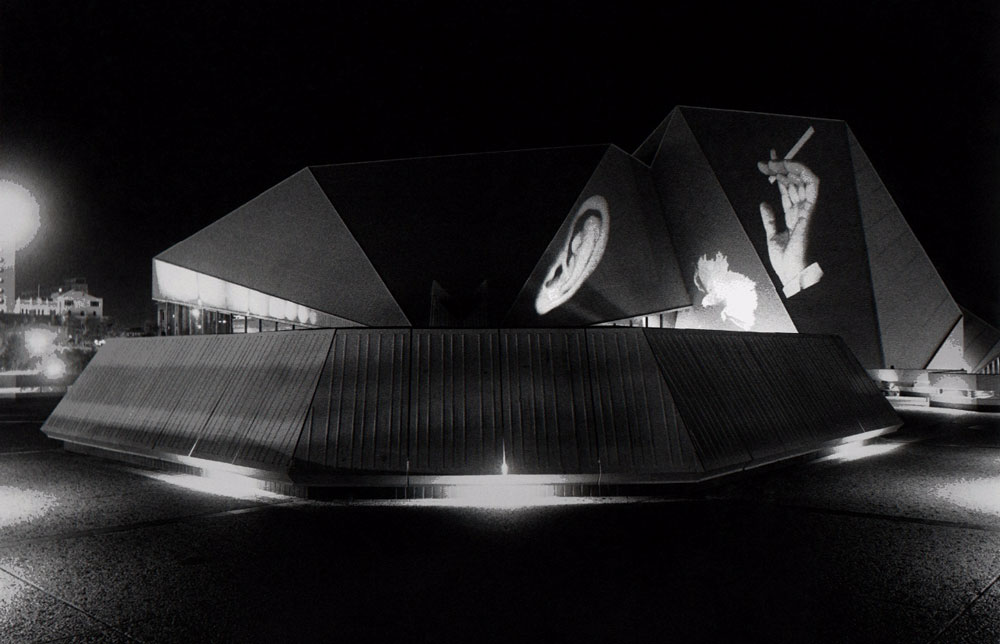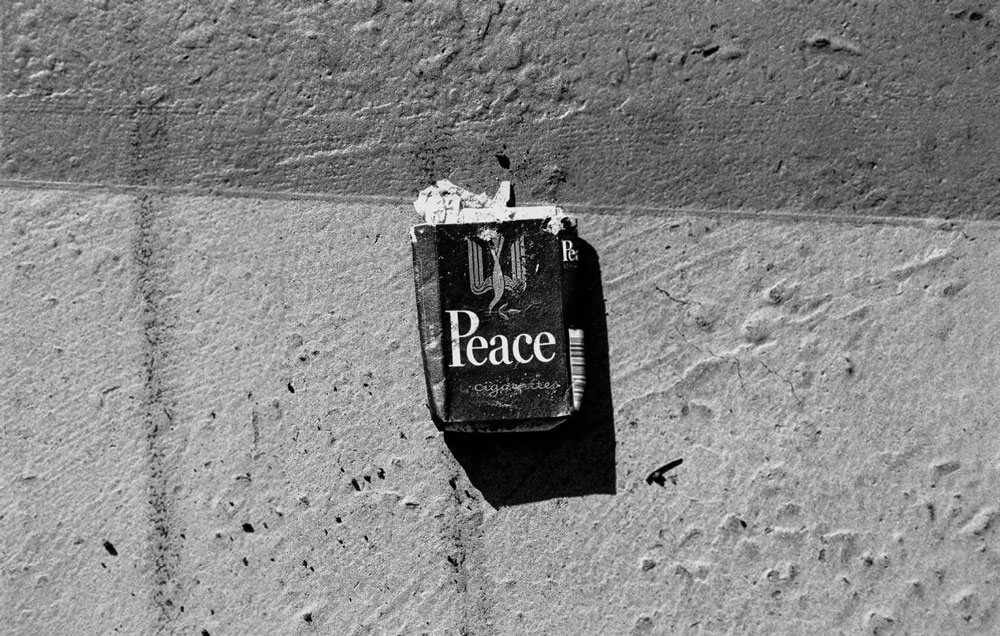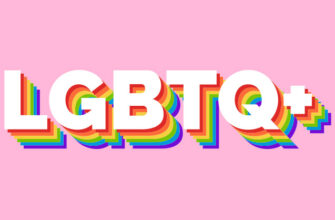They say out of destruction are born the most wondrous things. In order to create, first you must destroy. Take the Big Bang, the meteor that took out the dinosaurs, the atom bomb, endless strife and wars, and so on. History is replete with examples of people starting over, with art and design taking center stage in keeping the memory of the past alive or making a clean break with it.
10 years ago today, Hurricane Katrina rained death and destruction in New Orleans, one of America’s most culturally-diverse cities. It took with it 2000 American lives, and damage worth $100 billion. But like a phoenix, the metaphorical significance of the city that’s known widely as the collective subconscious of America’ shouldn’t be lost on anyone. And here we are 10 years after, a city that’s bustling with activity, transforming that resilience of yesterday into an engine of creative expression and fertility. Art has always been a powerful indicator of symbolism, which is also true in a post-Katrina New Orleans that wants to move on to the future.
• Artists for Katrina
These 10 artists and creative professionals have interwoven the themes of tragedy and loss, of rebirth and renaissance, following some of history’s horrific happenings be they man-made or due to nature’s wrath:
1. Mark Bradford – A Modernist Abstract interpretation of a City in Ruins
Mark Bradford has portrayed the aerial view of New Orleans in a modernist abstract style by mixing up his artwork with segments of billboards, flyers, and graffitied stencils. His visually arresting works are renowned for their depiction of a scene or topography in the most ephemeral sense.
2. Wangechi Mutu – Touching on Themes of Racial Prejudice with Surrealism
New Orleans remains home to a growing number of African-Americans and when tragedy struck in the shape of Katrina those 10 years ago, accusations of a roughshod relief effort were running at fever pitch. Many commentators attributed the slow pace of relief efforts to racial prejudice. Wangechi Mutu’s works take on the theme of racial prejudice via design head on, taking the shape of drawings and collages put together by medical texts, Vogue, ethnographic elements strewn together with ink, acrylic paints and plastic pearls.
3. Nari Ward – Symbolic and Narrative Implications laid bare through art
Many people who survived Hurricane Katrina resorted to mentally blocking out the destruction that they witnessed as a survival mechanism. Nari Ward believes that art can heal such individuals by making an emphatic engagement possible between with the affected neighborhoods and their residents. By using found objects and materials across affected New Orleans neighborhoods and arranging them in unexpected compositional arrangements, Ward’s works are renowned for their symbolic as well as narrative value in honoring the past and the future both.
4. Keith Calhoun – Documentarian for the soul of the city
Keith is a New Orleans native through and through, and one the most valuable documentarians on the planet. Hurricane Katrina was a rather personal tragedy for him as most of his works were swept away by the hurricane and water. Not one to be deterred, Keith now uses his skills and talents to capture the African American experience in New Orleans, making the most of his stark black-and-white photography portraits.
5. Chandra McCormick – Visual Ethnography with a Pulse on Public Consciousness
Visual ethnographer par excellence and wife to Keith Calhoun, Chandra has earned laurels for her photorealistic aspects in her photography. She is hard at work restoring the photo archives that were lost due to Hurricane Katrina, giving her a chance to revisit and reframe the history of the city with crisp results.
6. Sandra Russell Clark – Mood-based Digital Photography
Sandra was one of the unlucky people whose homes were destroyed by Hurricane Katrina. She moved with her husband to Santa Fe for a couple of years, only to return to her home city recently. And during this period, her style of photography underwent a tectonic shift. Her photos convey mood, emotions and serenity to reflect a world preserved in time. Her digital photographs are pristinely framed and shot, signifying a rebirth of sorts.
7. Evert Witte – Artful sophistication with Light and Color
This Dutch-based painter resided in New Orleans when Katrina hit. Having relocated after that tragedy to Santa Fe, Witte began to incorporate more light and colors in his paintings depicting irregular linear forms produced by loose brushwork. His flair for abstract painting shows no signs of being stuck in a rut.
8. Tameki Norris – Multi-faceted Performance Artist and Creator
As a New Orleans native, Tameka Norris has dabbled into painting, video, photography, music, performance, and more to express her creative leanings better. Post Katrina, Tameki collected objects from a New Orleans neighborhood to create paintings as a living testament to the tragedy that befell her city. She has applied these objects of destruction in other works
9. Krzysztof Wodickzko – Where the Homeless are given a voice
Though not strictly related to Katrina, the works of this artist deserve a mention as it touches on the universal themes of loss and upheaval. Krzysztof Wodickzko is a Polish born photographer who captures the impact of war and violence in his snapshots so that people can ‘speak about what’s unspeakable.’ His works touch on themes of art, trauma and healing, with his projects highlighting the homeless and sparking conversation about human rights denied to them.
10. Graham Nash – Contemporary photography meets anti-war philosophy
Another artists who’s not from New Orleans but one whose work deserves a mention here. Crosby, Stills, Nash & Young is a musical group to which Graham Nash also belongs. He was always fascinated with photography from a young age, developing and collecting contemporary photographs which later on became the subject of digital art printing. Though his shots generally veer towards his band and music, he has been known to espouse his anti-war message through the use of his photography.

